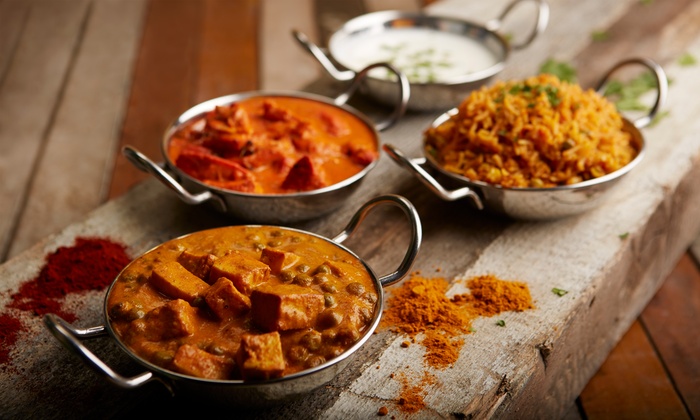Table Of Contents
India has become a popular destination because of the many unique experiences it offers. There are some rules you need to put into consideration when traveling so you can make the best out of your visit. Being careful about what gets in your mouth is one of them.
Below is a list of the things chef at Marigold Maison Restaurants say you should stay far from when you are in India.

1. Golas
These are flavored ice candies, and it is a common treat during the hot months. They look like shaved ice and snow cones. These candies provide some respite from the heat, but you should not be tempted because of the many factors that make it unhealthy. You cannot trust the water that was used in making ice golas. There is also a risk that the ice bars were stored in an unsanitary place. There have been instances where the food coloring is not up to safety standards.
2. Tap water
One rule you should always follow when you are in India is never drinking tap water. Unsafe tap water can contain E.coli, which is a bacteria strain that leads to diarrhea. The water can also have harmful chemical contaminates. You should have a bottle of mineral water on you at all times. This rule still applies when you are in a restaurant, always stick to mineral water. Prevention is better than cure.
3. Fresh juice
It is common to find fruit juice stalls Indian cities, and you can be easily tempted by the colorful fruits, but don’t give in. The reason why you should stay away from fruit juice is that most of the vendors use tap water to make it. You also don’t know whether they clean the fruits properly or not.
4. Gol Gappe
This is also known as puchkas or pani-puri. It is common and loved very much in India. These are made of small-deep fried crispy bread with a hollow middle then stuffed with floured water. They are delicious, but the main issue is the water that was used. Unless you know where the flavored water comes from, just stay away from gol gappe.
5. Unwashed fruit
Fresh juices are not the only ones you need to be careful dealing with, fruits too. There is a good chance you have heard about chemical wax being sprayed on apples so they can shine. You should properly wash fruits before putting them in your mouth because you want to remove pesticides and impurities. You should give preferences fruits that can be peeled with some of the examples being oranges and bananas.
6. Salads
Just like raw fruits, you should avoid salads, expect when you are sure that they have been properly washed with clean water. Eating salads that have veggies that have not been properly washed can easily lead to food poisoning or E.coli infection.
7. Meat from street vendors
You should not rely on meat sold by a food vendor. Eating stale meat can lead to urinary, digestive, and other disorders. Instead of choosing foods that have meat, consider non-vegetarian dishes (kebab, biryani, and rogan josh). When buying these foods, go to trusted hotels and restaurants.
8. Paan masala
They come in brightly colored packages and you will notice them being marketed as mouth fresheners. This is a mixture of tobacco, areca nut, slaked lime, and flavoring agents. Paan masala is a carcinogen. There are some studies that have suggested it can impair DNA. Pierce Brosnan, the actor, was once in the middle of a big controversy because he was in an ad for paan masala in India. He had to apologize later by saying that the brand had deceived him into thinking that it was a tooth whitener and breath freshener he was endorsing.
9. Cheese
This is not all the types of cheese, but those found in areas that have questionable hygiene standards. Cheese can be easily contaminated by bacteria such as Staphylococcus aureus. The tricky part is that they are very difficult to detect since they don’t show any signs of spoilage. This bacteria results in diarrhea, food poisoning, and dehydration.
10. Deep-fried street food
You should stay away from any street food that has been deep fried. Foods such as pakora, samosas, and kachoris are full of calories, and you should not be consuming such foods. One reason why you should avoid such food is the reheated oil being used to cook them. These oils have been linked to an increase in cardiovascular diseases, liver disorders, Alzheimer’s, and carcinogen properties.
11. Bhut Jolokia
This is known as the hottest chili pepper, and this is why you should stay away from it if you are not used to spicy food. The chilies grow in the state of Nagaland and the Indian army uses it in making tear gases. They add a lot of flavor to food, and you can try out foods that have very small amounts of this chili, but you will still need to be careful.
TOPIC: What not to Eat in India






